Exercise physiologist Ray Loh is actively involved in training runners and helping them to be better runners and achieve better timings – outside his day job at the Tan Tock Seng Hospital.
His free exercise sessions had originally started in conjunction with the Health Promotion Board’s Lose to Win programme. Since then, he has trained a group of inexperienced runners for the 2014 Sabah Adventure Challenge, a difficult 75km to 100km trail race that took place earlier this year. For his training sessions, he has set up the FitnessKakis exercise group, which meets for weekly training sessions. They are a group of like-minded people who exercise together and learn from each other doing so.
Ray Loh shared his techniques in training runners, in an interview that I had with him, recently. Here are the highlights of what Loh said.
I understand that you offer free training sessions with FitnessKakis. Tell me something about the group and what sort of runners you help to train.
We started by organizing free walk and jog and functional exercise sessions for Health Promotion Board’s “Lose to Win” participants with the aim of providing more opportunities for them to increase physical activities, improve functional health and learn about exercising safely and effectively. Most of them were beginner runners who were low in fitness and had minimum knowledge and experience in running. Our secondary goal was to promote interest in running and empowering them with the basic knowledge of stretching and muscle tissue maintenance for injury prevention.
As the group grew, more members of the public joined us and a FitnessKakis facebook page was created. Members come from all walks of life in different sizes, fitness levels and ages. More beginner runners joined us, as well as those with minor injuries trying to get back to running after rehabilitation.
What do you teach in these classes?
I help to coach the functional 4by4 exercise classes, metabolic training classes and Circuit Interval running classes. All exercises are uniquely planned and structured to work participants on different muscular groups and energy system.
Functional 4by4 are 4 sets of 4 bodyweight functional exercises are those that challenge different functional movements and parts of our body – exposing our weaknesses and limitations of the movements that we cannot do. No matter how fit we are, there are always some exercises we find tough to do in good form and that is where we need to improve. Participants are encouraged to practice on their own to improve their area of weakness.
We do metabolic training – exercises that make use of innovative equipment targeting at stability, strength, power, power endurance and functionally. The exercises are short and intense targeting at our metabolic and muscular system. It is designed using the 4by4 principles which has four main stations working on Stability (TRX), Kettlebell (Strength), Battleropes (Power), Skipping (Endurance), together with Ladder drills and Matworks to improve overall functionality and core strength. We progress slowly to four main stations plus four functional exercises at the movement phase.
Circuit interval running classes is a weekly circuit training classes for those who like running. Every repetition include running together with four conditioning exercises to improve running form and strength targeting our aerobic and anaerobic system to improve our running performance and injury prevention
How do you go about these training sessions? Describe the sessions and the methods that you use.
Our philosophy of training is that it has to be safe but tough, structured and challenging. Participants are encouraged to do as best they can to follow the progression of the class. We believe that the participants are motivated to do well and thus I do not push them when they are not performing well for safety reasons.
How do you feel that this type of training helps to continuously motivate your runners?
As running requires long term persistency and consistence training, most runners are already highly motivated and many of them are consistently challenging themselves to new personal bests (PBs) and greater distance. As our current trainers are all volunteers and have their own work commitment we can only concentrate on transferring knowledge for injury prevention and promoting the interest of running for those who want to try running as a sport. There are many running clubs with good and full time coaches that coach at a reasonable amount of fees. They are encouraged to join these clubs for more running specific training once they pick up running.
How do the training sessions that you conduct, help to reduce injury rates in running?
Running is a sport with the highest amount minor injuries. We help beginners to choose the right running shoes, look into their faulty running biomechanics that lead to injury and we teach them the essential stretching. We also teach them exercises that are safe and effective in strengthening different group of muscles necessary for a good running form. The biggest mistake is thinking that as we run, our legs strengthen and we can run faster. Our muscular and metabolic system does not improve correspondingly at the same rate, thus care needs to be taken to make sure our muscles are strong enough before we start to train at a higher velocity to prevent injury.
What sort of feedback have you received from participants, about your FitnessKakis training?
The challenge of training a large group of participants who have different fitness level is getting the right intensity. We are still learning and making adjustments from our mistakes trying to let every participants benefit from every workout. Although we see many positive feedbacks from facebook comments after every session, we know we cannot satisfy all of them and there is always a small group of people who would like more attention. We can only stick to our philosophy, that those with greater expectations would be encouraged to join better clubs or groups that can meet their expectations.
I know that you trained some runners too, for the 2014 Sabah Adventure Challenge earlier this year, a 75-100km trail race. Tell us more about your training for this.
As the group of participants were mainly beginner runners with a lower level of fitness and experience, together with only five months left to train, we felt that they would be more suited for the Phase I(aerobic base) training programme. Our main aim was to build a strong physical and mental strength together with a good aerobic base to bring them through the event. We had intervals, tempo runs and back-to-back LSD runs during the weekends. Our weekly mileage progressed systematically from 20 to 60km. We transferred maintenance skills like roller foam, TENS, and stretching together with fuelling techniques during the run. Due to the limited amount of time, we could only do as much as we could, to build a good strong foundation.
I understand that prior to joining you, some runners were only doing about 20km of training per week. How did you go about improving the endurance base of such runners, in time for the Sabah Adventure Challenge?
Running to me is not just about running fast and reaching PBs all the time. It’s about training consistency, enjoyment, safe and injury free. To keep the motivation high, our training sessions are always challenging but with minimum stress. We encouraged the runners to do whatever they can and give them support in terms of technical skills like taping, water, food and fuelling disciplines as we trained.
Are you likely to hold more training sessions to cater for future races? If so, what sort of races will these be and what will you be teaching the runners?
There are so many running teams and clubs formed nowadays so we don’t see a need in that area at the moment.
What do you feel are some of the most common injuries in running, and why do you think these recur so frequently?
Knee pain is the most common running injuries and many of them is due to running gear and training mistakes. People tend to blame running as bad for knees and fail to realise that it is their own faulty biomechanics that lead to their injury. They put in too much hard training in running trying to reach new PBs faster and earlier. As mentioned before, our cardiorespiratory fitness and muscular strength don’t improve at the same pace. When one muscle is overuse or not strong enough, we start to compensate during running and chance of getting an injury increases as we increase the running pace or distance.
Any tips that you would like to give
about fitness and running?
Health and fitness is built through many months or years of consistent training, there is no short cut and or any special training that can shorten the route. Quick improvement in performance usually come with a price where certain amount of health and fitness might be compromised. Be patient and stay injury free by knowing our limits is the key to enjoy running for as long as we can live.
You can get in touch with FitnessKakis through their Facebook page at: https://www.facebook.com/FitnessKakis

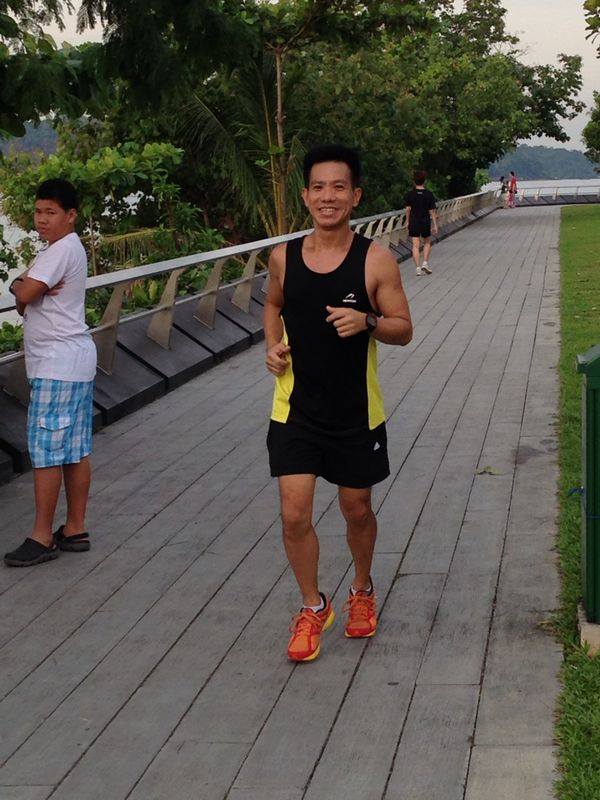
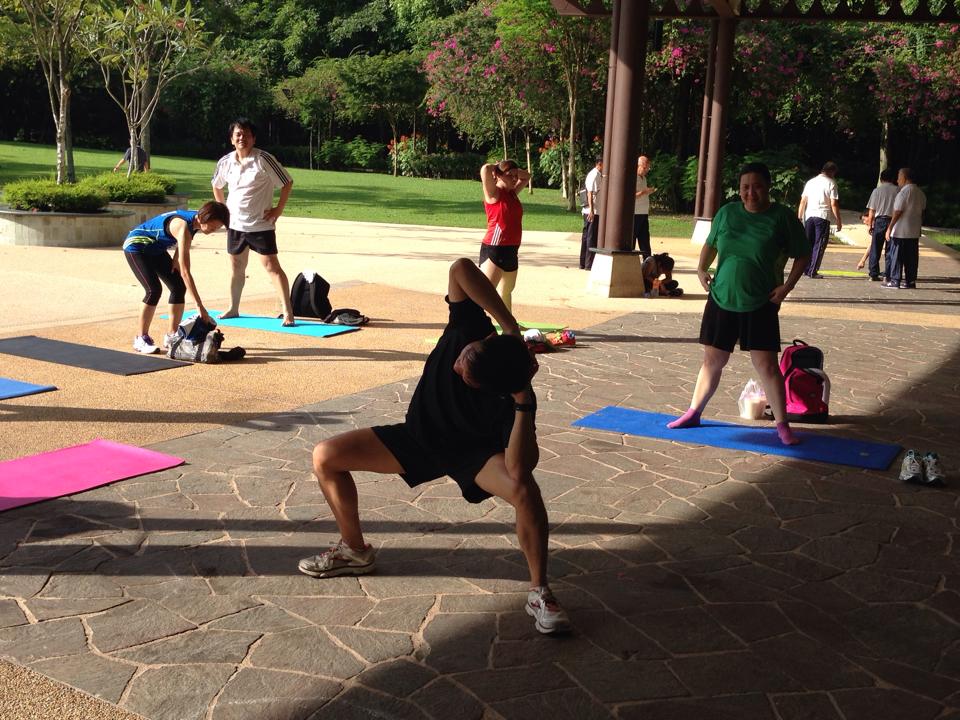
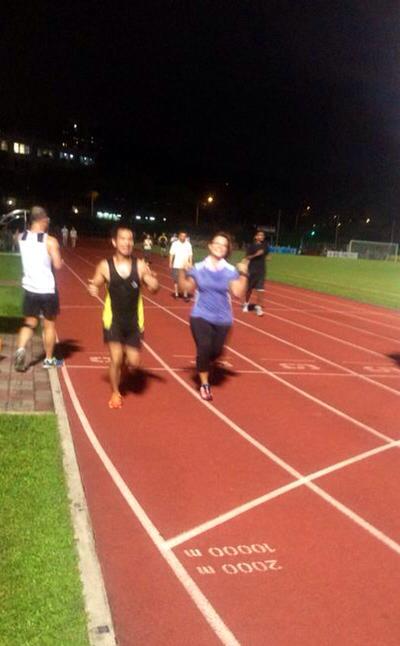
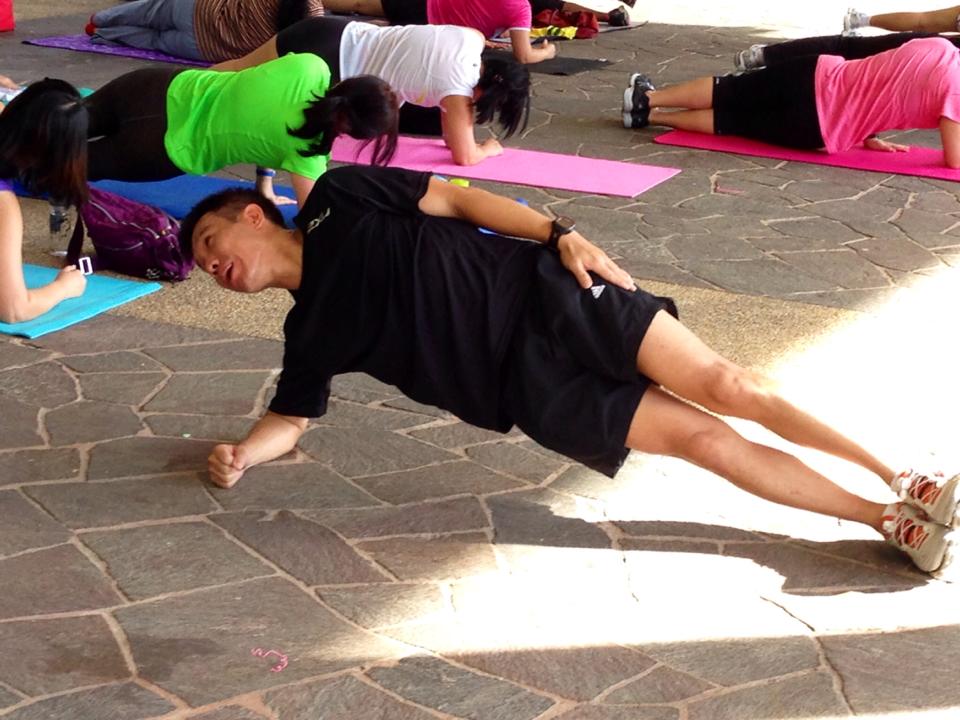
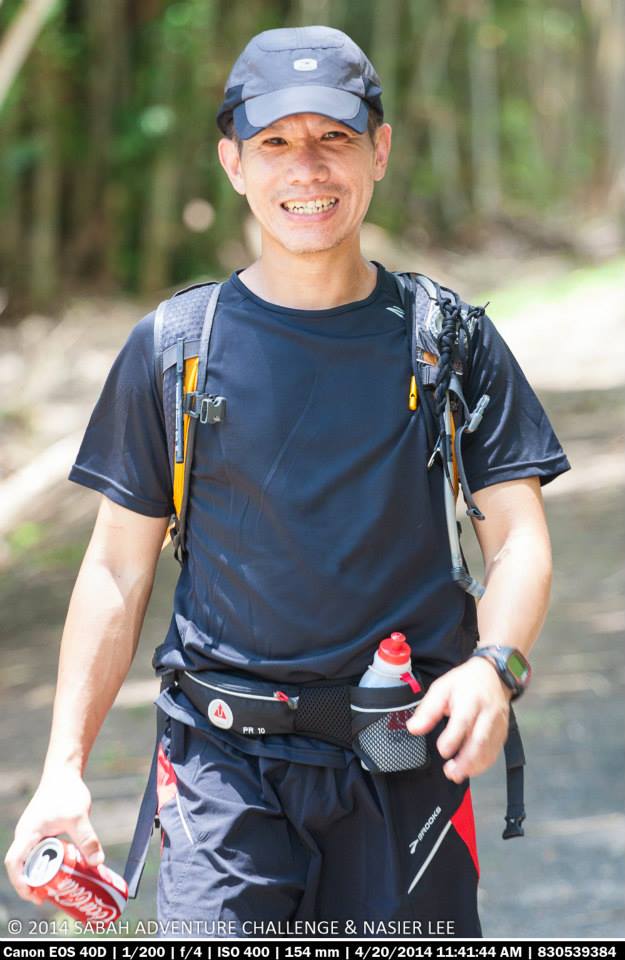
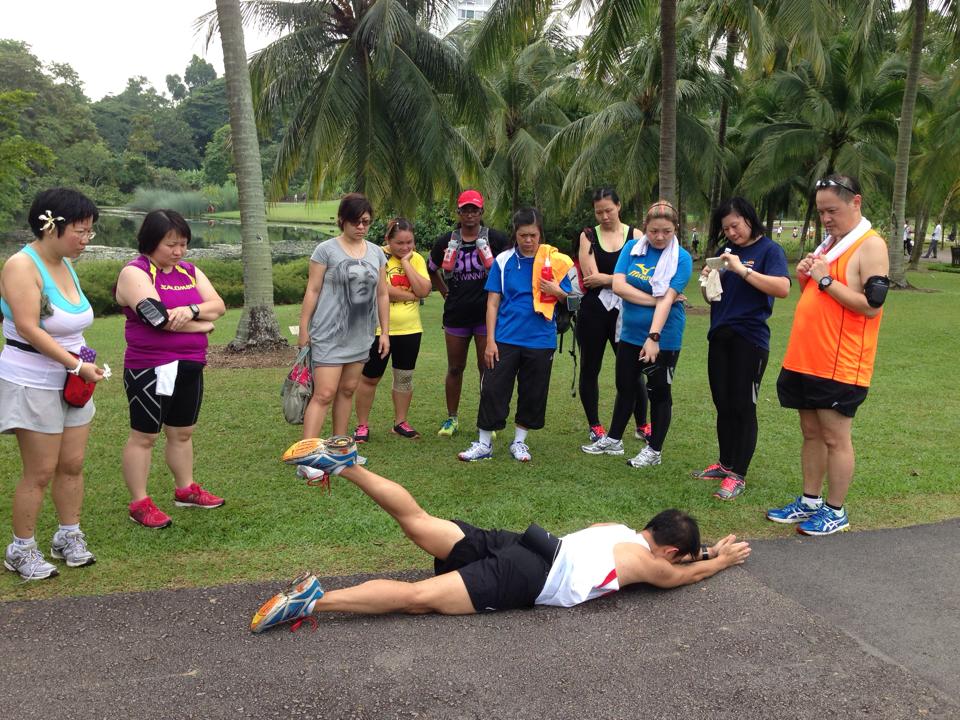
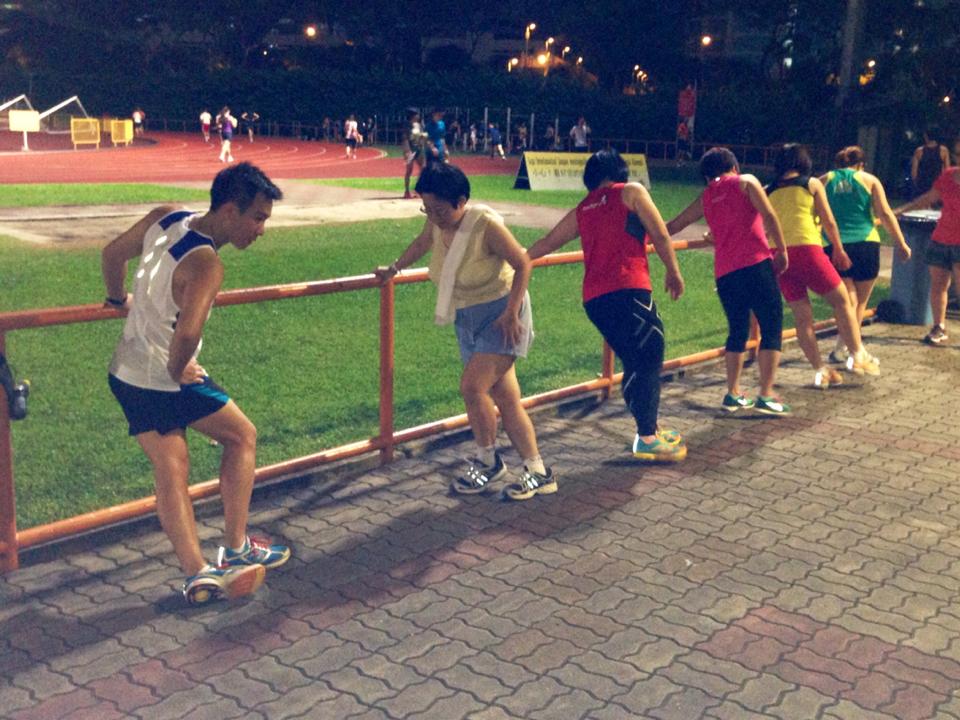
Leave a Comment